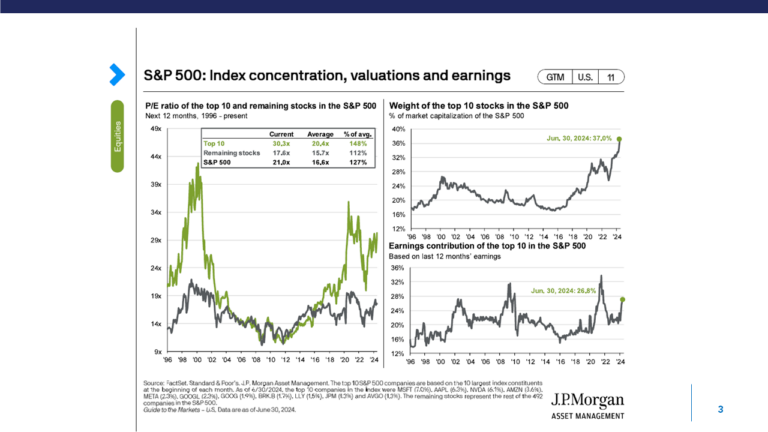We love stories. Our brains have evolved to “make sense” of things, to assign reason and narrative to facts and events in order to understand them. Experiments conducted by behavioral psychologists have shown that when presented with some facts and a competing story, we will usually go with the story, even if it conflicts with the facts.
This all-too-human tendency can be dangerous when investing in the stock market. It is often the “story stocks” that investors are drawn to: the stocks of companies with exciting new products, with histories of big sales and profit increases, and reputations as industry leaders.
Typically these are the characteristics of “growth stocks,” and investors seem to be willing to pay premium prices in order to own them.
There is another class of investments, “value stocks,” which often seem to get little respect from investors. Typically their stories are not exciting, or even downright scary. They include companies in older industries, sometimes in financial difficulty, or facing declining demand. Profits and sales may currently be low or stagnant.
Yet their poor stories mask some very important phenomena: usually their prices are a bargain, and research conducted over the years has indicated that value stocks as a group perform better than growth stocks over time.
Value and growth stocks are easy to distinguish on an impartial, factual, mathematical basis. Value stocks carry low prices in relation to their book values (the value to an owner after all liabilities of a company are subtracted from its assets). Growth stocks have high prices in relation to their book values.
For instance, say growth company A and value company B have the same book value per share – $10. However, its costs $10 to buy a share of growth company A, but only $1 a share to buy a share of value company B.
That means the growth investor is paying $1 for each $1 of book value in company A. But the value investor gets $1 of book value for one thin dime. That means growth company A has to work 10 times harder than value company B in order to increase its book value and its stock price. Value company B just has to improve things a little in order to make dramatic improvements in its book value and share price.
Looking at those numbers – and not the exciting story behind growth company A – an investor should be drawn to the value stock. Of course, any investor who is up on the news of both companies may be influenced by growth company A’s interesting story and turned off by value company B’s unattractive or scary narrative.
And that is unfortunate. From 1975 through 2015, for instance, an index of large U.S. growth stocks maintained by Dimensional Fund Advisors had an average annual growth rate of 12.2% per year. However, a DFA-maintained index of large U.S. value stocks returned 14.6% per year on average. Over that time frame, the growth investor turned $1 into $123.10. But the value investor earned $300.52 on an initial $1 investment.
The lesson: invest by the numbers and ignore the story. Eventually you will be glad you did.
Richard Schroeder, CFP®, Chief Investment Officer


